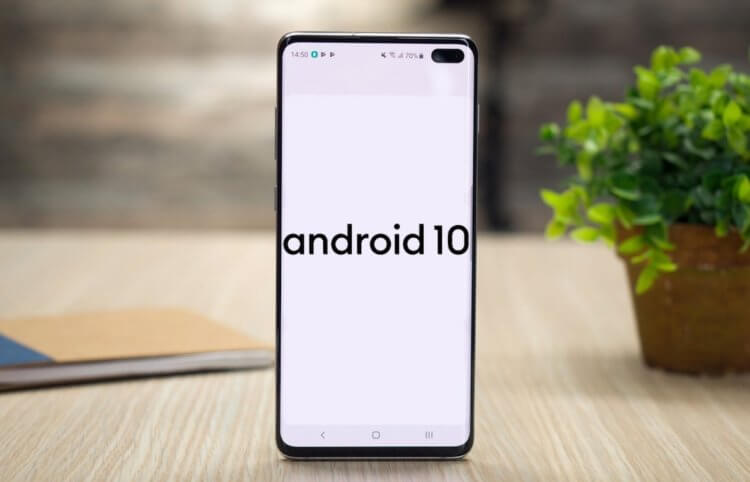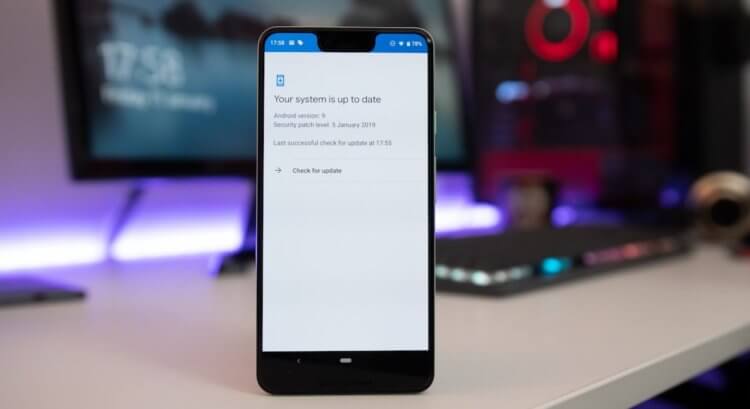For many years in a row, Google has published statistics on the distribution of different versions Android on the Internet on a quarterly basis. Despite the fact that it was intended for developers and made them understand for which OS assemblies to optimize applications, users were also looking forward to the publication of a new report. This way they knew how fast the latest update was distributed Android. However, last year Google stopped this practice by stopping publishing information about the percentage of devices and different versions of the operating system, replacing it with something unimaginable.

The most popular versions Android are old, but Google wanted to hide it
From this point on, Google publishes what is called a cumulative or cumulative distribution schedule for the OS. If earlier it was a real breakdown into versions Android, the popularity of each of which was measured as a percentage of the total mass, now this is a graph showing how many devices are running on the OS version below the selected one. That is, if we try to decipher the statistics published by Google, we can only see that now in the world 99.8% of devices with Android 4.1 or newer, 84.9% of devices with Android 6.0 and newer and only 8.2% of devices with Android 10.
Most popular version Android

Google has changed the method of counting different versions Android so that no one understands anything
It would seem, well, why in general change the format of the presentation of statistical data, especially since they are not intended for idle study, but have a very specific audience of consumers in the form of developers? At first I thought so too, because, in fact, Google was never able to hide the degree of distribution Android 10. However, upon a detailed study of the graph, you understand that the company actually encrypted all information from the report, except for the data about the newest assembly. After all, it is now impossible to determine exactly how many devices are running on Android KitKat, Android Nougat or Android Oreo, because they all absorb each other. Therefore, it is no longer possible to determine the most popular version Android.
In my opinion, the purpose of this castling is quite obvious and consists in Google's desire to hide the real state of affairs from users and its main competitor. After all, if Apple in the distribution statistics iOS indicates that less than 10% of all devices work on the basis of iOS 8 and below, then the search giant goes from the opposite and indicates that almost 100% of devices are based on Android newer than Android 4.1. It seems that the essence is practically the same, but look how the numbers change from the change of the logical stress in the reports. It's just that Google is simply ashamed to publish such data, but it cannot do anything about it.
Main problem Android

Manufacturers do not update their smartphones, but Google blushes for them
How did it happen that so many old devices have accumulated on the market? Everything is very simple. The fact is that most users do not change their smartphones every year, doing it every 2, and most often in 3 years. But even after that, these devices do not go out of use. Their life goes on because they still pass into someone else's hands: relatives, loved ones or completely strangers who wanted to save money on buying a smartphone and went to the secondary market. But since Google itself has established a rule according to which manufacturers are not obliged to update their devices at all, today there are a great many gadgets on the market that work on the basis of downright ancient versions of the OS.
Google itself is to blame for what happened and is now reaping the benefits. If she had set stricter rules for manufacturers and forced them to update their smartphones for at least 3-4 years, the situation would have been much better. In this case, most of those devices that remained on Android 6.0 today could well be updated to Android 10, and Google would not have to turn the method of counting different OS versions upside down , just not to feel ashamed in front of others.
